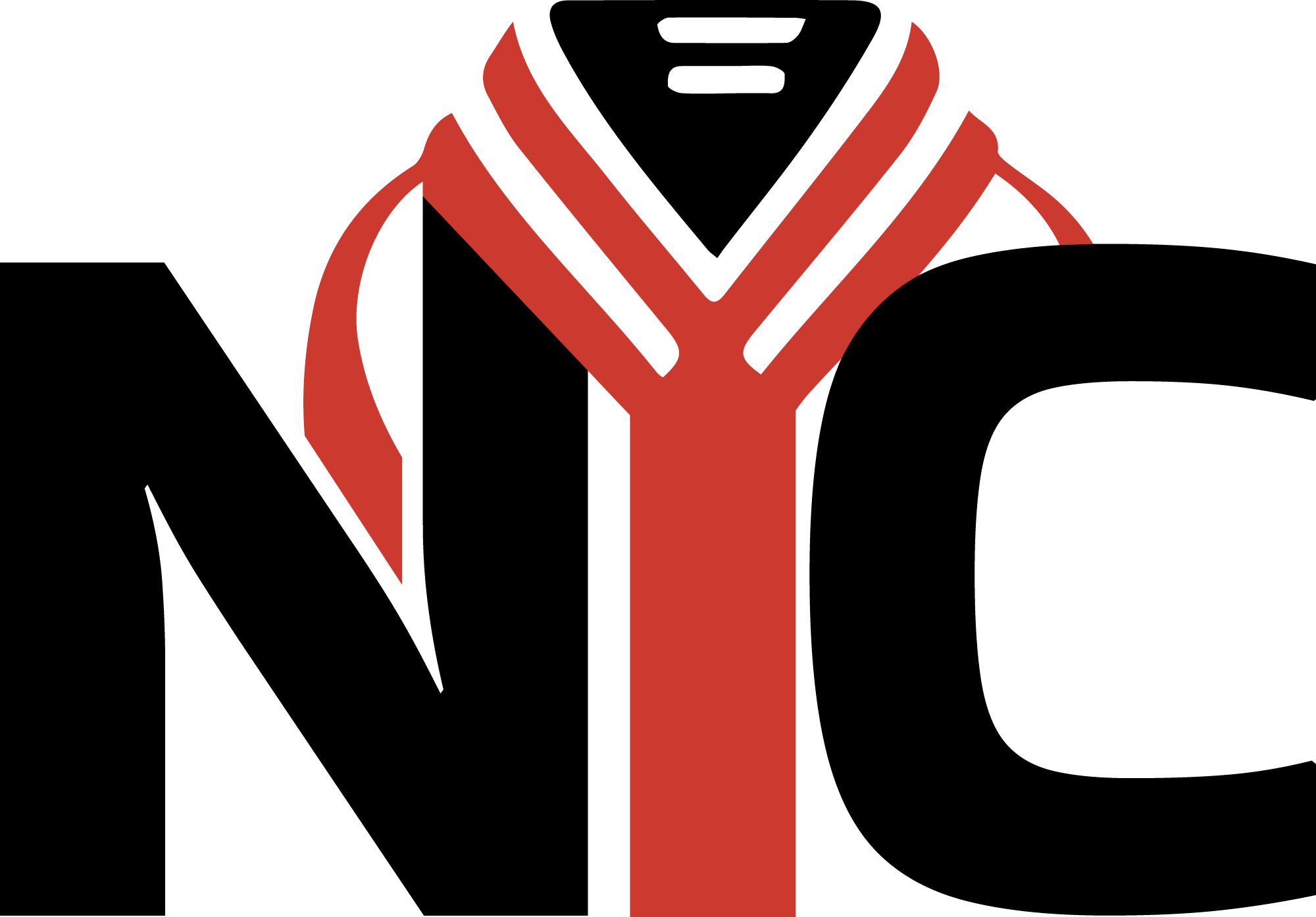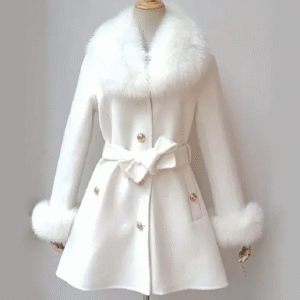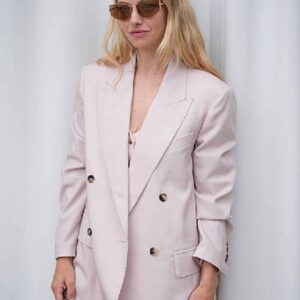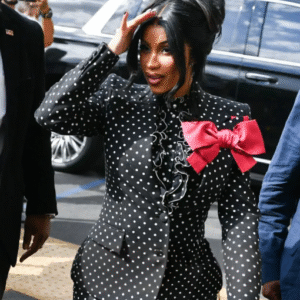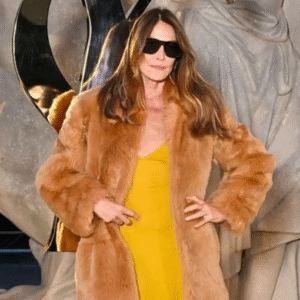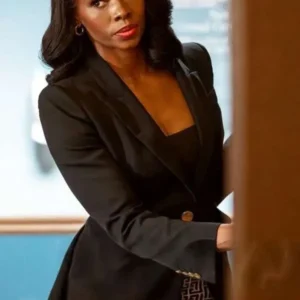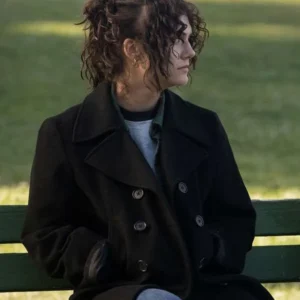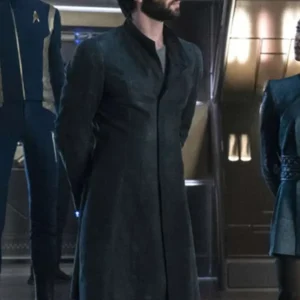Showing 1–20 of 69 results
A blazer is a wardrobe essential that brings structure, versatility, and sophistication to any look. Unlike a suit jacket, it is designed to stand alone, giving men an adaptable piece that works across business, semi-formal, and social settings. Understanding its history, styles, and rules will help you wear it correctly and avoid common mistakes.
What Is a Blazer?
A blazer is a single-breasted or double-breasted jacket cut from fabrics such as serge, hopsack, wool flannel, fresco, or linen. Depending on the design, it may carry between one and eight buttons on the front. Traditionally found in navy or dark tones, blazers often feature metal or decorative buttons and work well with trousers or denim rather than matching suit pants.
The Origin of the Blazer
The blazer has its roots in the nineteenth-century British naval uniforms. The Cambridge University rowing club later helped popularize the term after its athletes wore bright red jackets, which were described as “blazers” because of their fiery color. Over time, the design evolved into a mainstay of men’s fashion, often adorned with crests, embroidery, or metal buttons to signal affiliation with schools, clubs, or teams.
Types of Blazers
Blazers fall into two main categories: single-breasted and double-breasted. Both styles can be interpreted through British, American, or Italian silhouettes. The British version tends to appear more formal, while the American carries a more relaxed cut, and the Italian is designed to fit closer to the body for a streamlined fit. Choosing the right version depends on the occasion and personal preference.
Single-Breasted Blazers
Single-breasted blazers feature up to five buttons arranged in one row. They are versatile and work well for business-casual occasions, weekend outings, or social gatherings. Pairing them with chinos, jeans, or wool trousers creates a balanced look that moves easily between settings.
Double-Breasted Blazers
Double-breasted blazers overlap at the front and display two columns of buttons. They appear more formal and are suited for weddings, conferences, galas, or cocktail events. Their structure emphasizes the shoulders and chest, giving the wearer a more authoritative appearance.
Buttoning Rules Every Man Should Know
Correct buttoning is essential for wearing a blazer properly. For single-breasted jackets with one button, the choice to fasten or leave it undone is acceptable while standing, but always unfasten when seated. With two buttons, only the top should be secured. With three buttons, the middle remains fastened, the top optional, and the bottom left undone. Double-breasted blazers require fastening all working buttons, though some men leave the lower one undone while seated for comfort. The only strict rule is never to wear a double-breasted blazer completely open.
Blazer Dos and Don’ts
A blazer should fit comfortably at the shoulders without pulling or sagging. Sleeves must fall at the wrist bone, allowing a small portion of the shirt cuff to show. The body should skim the torso without appearing tight or oversized. Avoid pairing a blazer with excessively casual items, and stay away from loud accessories that distract from its elegance.
Blazer vs. Tailored Jacket vs. Sports Coat
Although often confused, each piece serves a different purpose. A blazer stands alone, usually in navy or dark colors with metal buttons, worn without matching pants. A tailored jacket refers to garments that can form part of a suit or be worn separately, depending on fabric and construction. A sports coat, lighter in build and often patterned, leans more casual and works best for daytime events or relaxed settings.
Final Word
A blazer is more than an outer layer; it is a symbol of refined style when worn correctly. Choosing the right type, following buttoning etiquette, and understanding how it differs from a suit jacket or sports coat will keep your look sharp. With attention to fit, proportion, and context, the blazer will remain one of the most reliable pieces in your wardrobe.
